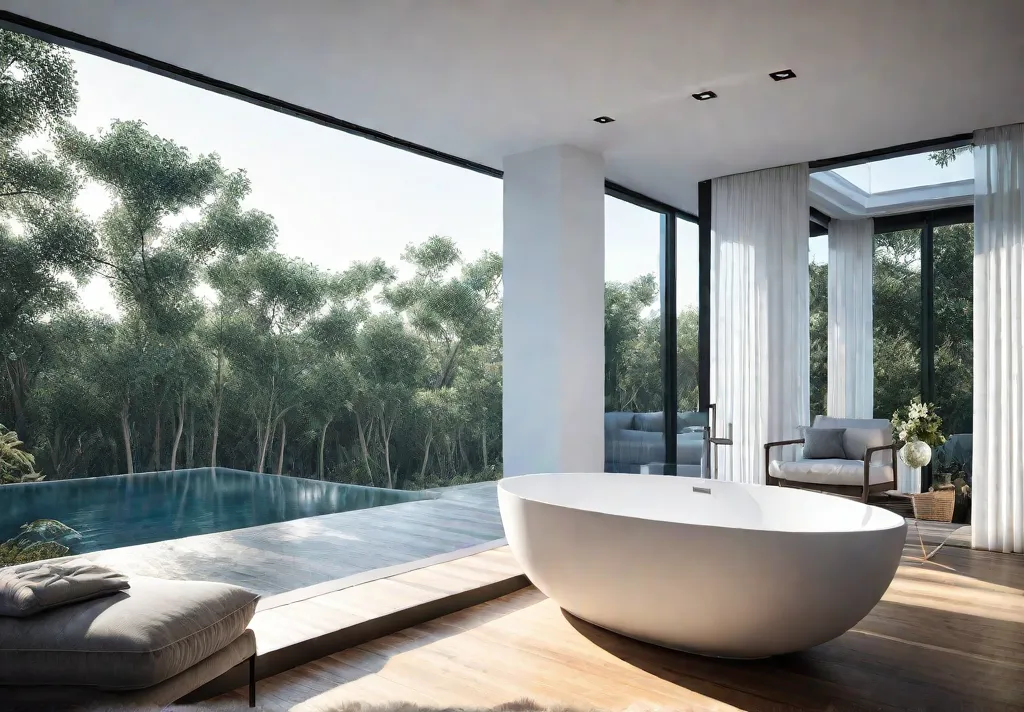Imagine entering your dream bathroom only to find the bathtub cramped and uncomfortable. Or, on the flip side, picture a spacious bathroom with a bathtub that looks out of place, disrupting the overall harmony of the space. The size of your bathtub can make all the difference in creating a functional and visually appealing bathroom.
As a laid-back Californian passionate about casual, bohemian-inspired spaces, I know firsthand the importance of selecting the right bathtub dimensions. Your bathtub can serve as the focal point of your bathroom, setting the tone for the entire room. Whether you have a small, cozy space or a grand, luxurious bathroom, choosing the perfect bathtub size is crucial for crafting the serene, relaxing oasis you deserve.
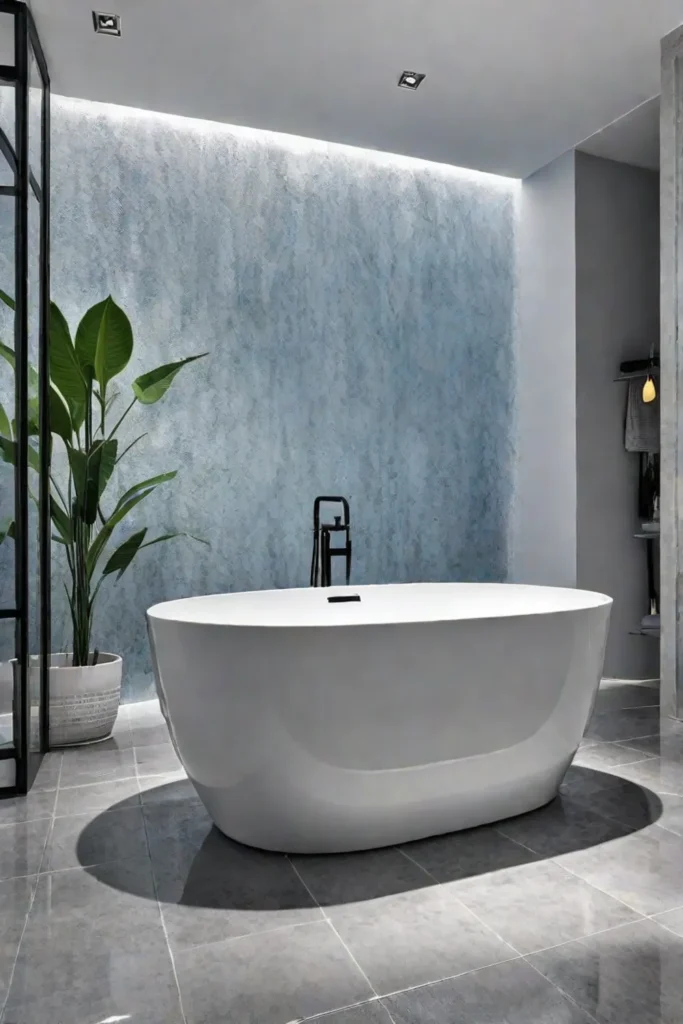
In this comprehensive guide, we’ll explore the standard bathtub sizes, uncover strategies for maximizing space in small and large bathrooms, and delve into the importance of ergonomics and comfort. We’ll also discuss the benefits of custom-designed solutions and provide insights into the latest trends and future developments in bathtub design. So, let’s dive in and discover the perfect bathtub dimensions for your unique bathroom sanctuary.
Understanding Bathtub Dimensions
When selecting the right bathtub for your bathroom, size is a crucial factor to consider. Bathtubs come in a variety of standard sizes, each impacting the layout and design of your space.
The most common bathtub size is the alcove tub, measuring approximately 60 inches long and 32 inches wide. These tubs are designed to fit snugly between three walls, making them a popular choice for many bathrooms. On the other hand, Freestanding bathtubs can range from 5 to 8 feet in length and offer a more luxurious, spa-like experience. Drop-in and corner tubs also come in various sizes, allowing you to find the perfect fit for your bathroom’s unique dimensions.

To determine the optimal bathtub size for your space, measuring the available width, length, and height of your bathroom is essential. This will help you ensure that the tub you choose fits the physical space and complements the overall room layout and design. After all, an oversized bathtub can make a small bathroom feel cramped and cluttered, while a too-small tub can leave a large bathroom feeling unbalanced and out of proportion.
Maximizing Space in Small Bathrooms
Finding the right bathtub size can be a true challenge for homeowners with limited bathroom space. But fear not, my fellow bohemian-inspired decorators—there are plenty of strategies to maximize space and create a functional, stylish bathroom, even with a compact tub.
Compact bathtub designs, such as corner and alcove tubs, are specifically engineered to fit into tight spaces without compromising comfort or functionality. These space-saving wonders can free up valuable floor space, allowing you to incorporate other essential bathroom fixtures and storage solutions.
Another clever option for small bathrooms is the freestanding bathtub. Elevating the tub off the floor creates the illusion of more space and allows for easier access. Pedestal-style tubs are a good choice, as they provide a sleek, minimalist look that can make even the coziest bathroom feel airy and open.
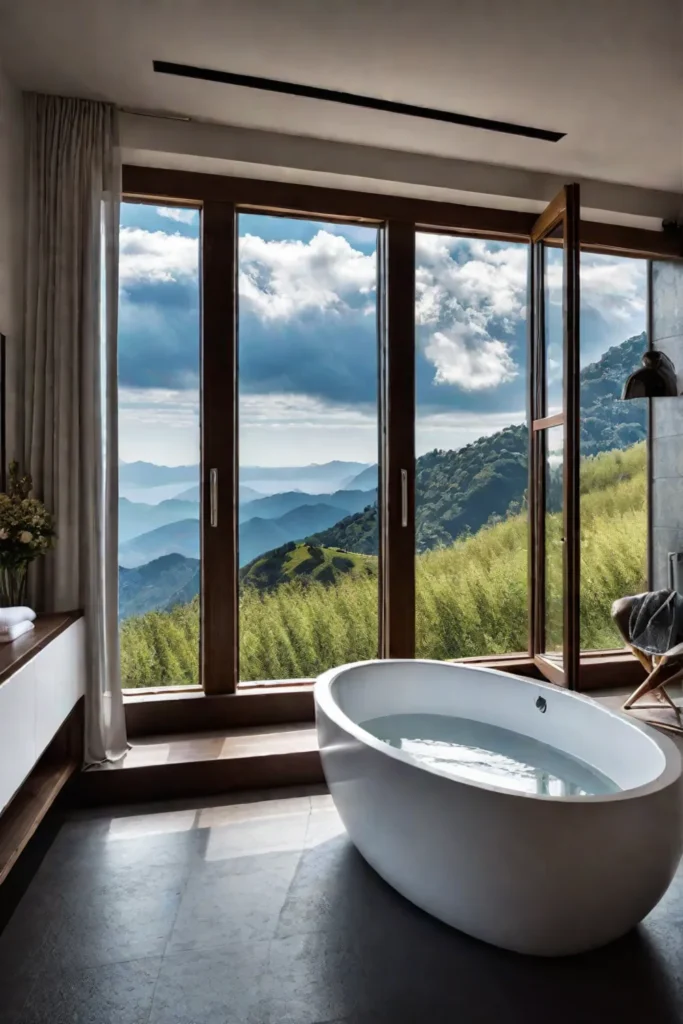
When planning the layout of your small bathroom, consider the overall room dimensions and how the bathtub will fit into the space. Positioning the tub in a corner or against a wall can help maximize the available floor area while ensuring that the room still feels balanced and visually appealing.
Designing for Large Bathrooms
If you’re fortunate enough to have a spacious bathroom, the bathtub possibilities truly open up. Larger bathrooms offer the perfect canvas for creating a luxurious, spa-like retreat – and the bathtub is often the centerpiece of this serene oasis.
Oversized bathtubs, ranging from 60 to 72 inches in length and 30 to 36 inches in width, can provide an unparalleled soaking experience. These generous tubs offer ample room for relaxation, allowing you to fully immerse yourself in the warm, soothing waters after a long day. Plus, a large bathtub can serve as a stunning design statement, instantly elevating the overall aesthetic of your bathroom.
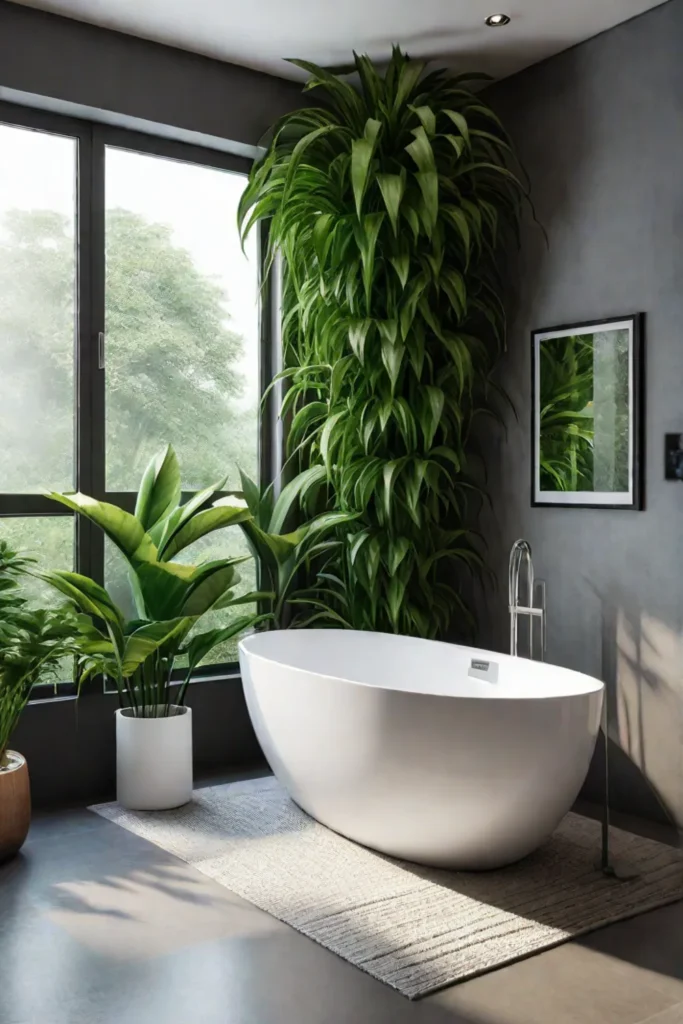
When selecting a bathtub for a spacious bathroom, consider how it will integrate with the room’s layout and other fixtures. A freestanding tub placed in the center of the space can create a dramatic focal point, while a corner tub can maximize the available floor area. Consider the tub’s material, color, and shape to ensure it complements the overall design scheme of your luxurious bathroom retreat.
Ergonomics and Comfort
As a Californian with an affinity for relaxed, bohemian-inspired living, I know the importance of prioritizing comfort and ergonomics when choosing a bathtub. After all, what’s the point of a beautiful tub if it doesn’t provide a truly indulgent bathing experience?
The depth and width of a bathtub can significantly impact user comfort. Deeper tubs allow for a more immersive soak, perfect for taller individuals who crave the sensation of being fully submerged. Conversely, shallower tubs may be better suited for those with mobility issues or a smaller stature, as they make stepping in and out of the tub easier.
Similarly, wider bathtubs provide more space for users to move around comfortably, accommodating multiple bathers or allowing for a more spacious, spa-like experience. When selecting a tub, consider the height and body size of the primary users to ensure a perfect fit.
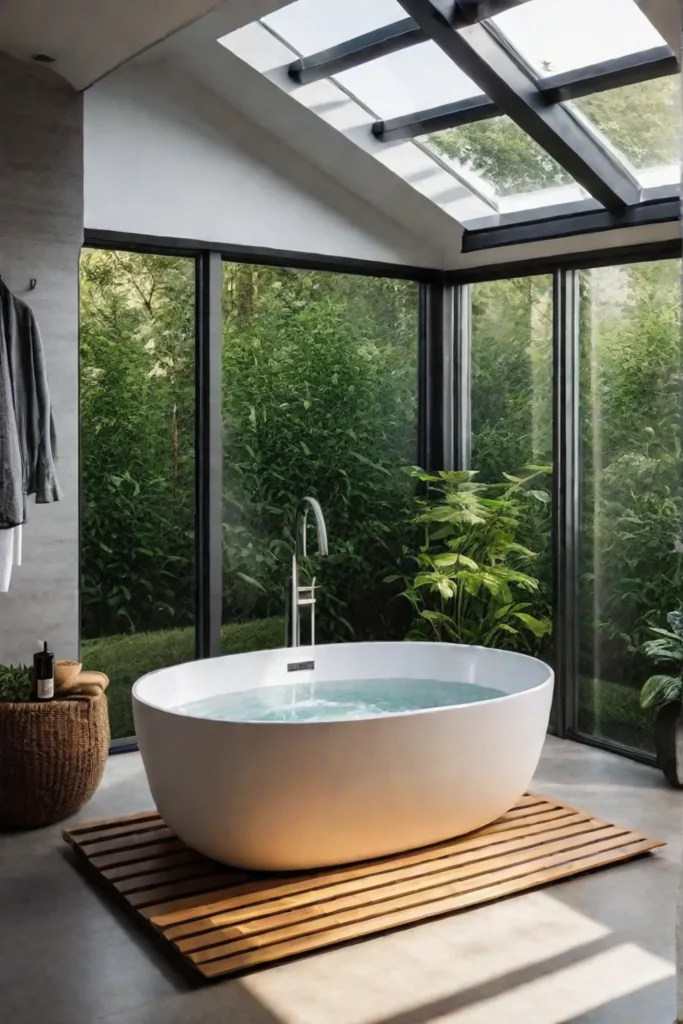
Beyond the tub’s dimensions, certain design features can enhance comfort and accessibility. Look for bathtubs with low thresholds, built-in seating, and strategically placed grab bars – these elements can make a big difference for those with limited mobility, ensuring a safe and enjoyable bathing experience.
Custom Bathtub Options
While standard bathtub sizes can work well for many bathrooms, a truly unique space sometimes calls for a custom-designed solution. As a Californian with a penchant for the unconventional, I can’t help but be intrigued by the possibilities that custom bathtubs offer.
Designing a custom bathtub allows you to tailor the dimensions and features to the exact specifications of your bathroom, creating a seamless integration between the tub and the surrounding space. Whether you have an oddly shaped room or desire a one-of-a-kind bathing experience, a custom-made tub can be the perfect solution.
Designing a custom bathtub involves carefully measuring the available space, considering the desired style and materials, and collaborating with skilled craftspeople to bring your vision to life. While this option may come with a higher price tag, the result can be a stunning, highly personalized addition to your bathroom that elevates the entire space.
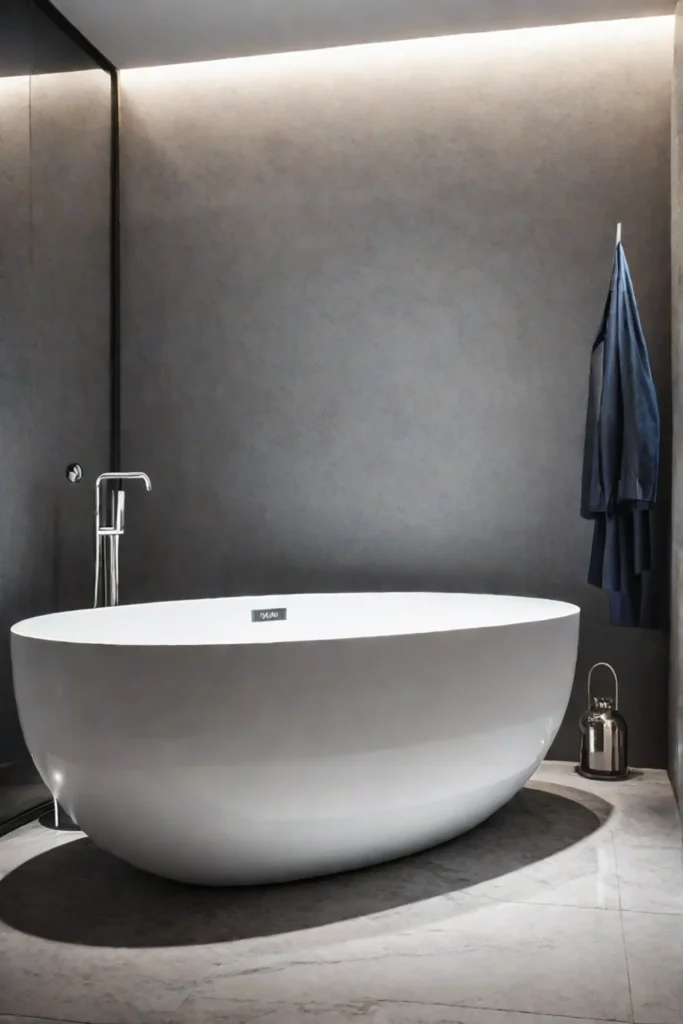
From unique, wave-inspired shapes to luxurious, built-in seating, the possibilities for custom bathtub designs are endless. By working closely with a designer or manufacturer, you can ensure that the final product fits your bathroom’s dimensions and aligns with your personal aesthetic and lifestyle preferences.
Budgeting and Cost Considerations
As a Californian with a keen eye for design, I understand the importance of balancing function and style in bathroom renovations. And when it comes to selecting the perfect bathtub, the cost can be a significant factor to consider.
The good news is that a wide range of bathtub options suit every budget. Standard, off-the-shelf tubs can start as low as $300, making them an accessible choice for those working with a tighter renovation budget. On the other end of the spectrum, custom-designed bathtubs can cost upwards of $10,000, offering a truly unique and luxurious bathing experience.
Of course, the materials and features of the bathtub can also impact the overall cost. Acrylic tubs are more affordable, while cast iron and freestanding models often have a higher price tag. Bathtubs with additional features like built-in whirlpool systems or chromotherapy lighting can also add to the overall cost.
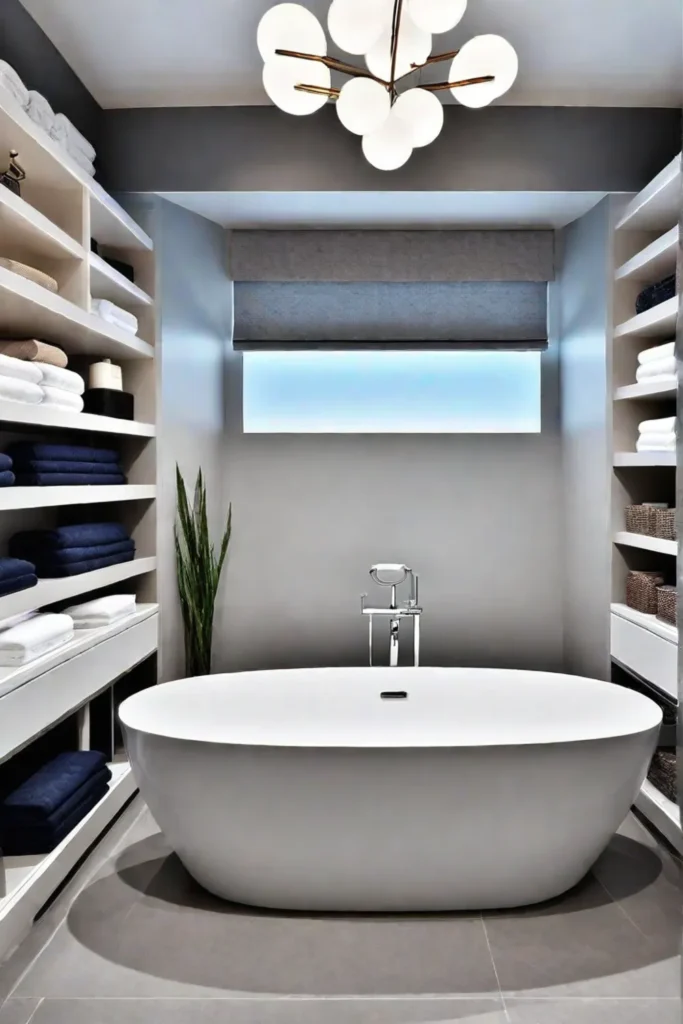
When budgeting for your new bathtub, factor in the installation costs. Depending on the complexity of the installation and any necessary plumbing work, you could be looking at an additional $500 to $1,000 in labor expenses.
To maximize the value of your investment, consider your overall bathroom renovation budget and how the bathtub fits into the bigger picture. By carefully weighing the cost, materials, and features, you can find the perfect tub that meets your needs and aligns with your design aesthetic and financial constraints.
Incorporating Bathtub Size into the Overall Bathroom Design
As a Californian with a passion for bohemian-inspired spaces, I know that the size and shape of a bathtub can significantly impact the overall look and feel of a bathroom. When selecting the right tub for your space, it’s essential to consider how it will integrate with the room’s layout, fixtures, and design elements.
An oversized bathtub can quickly become the dominant feature in a small bathroom, making the space feel cramped and cluttered. Conversely, a too-small tub in a large bathroom can leave the room feeling unbalanced and disjointed. To achieve the perfect harmony, carefully measure the available floor space and choose a bathtub that fits seamlessly within the room’s dimensions.
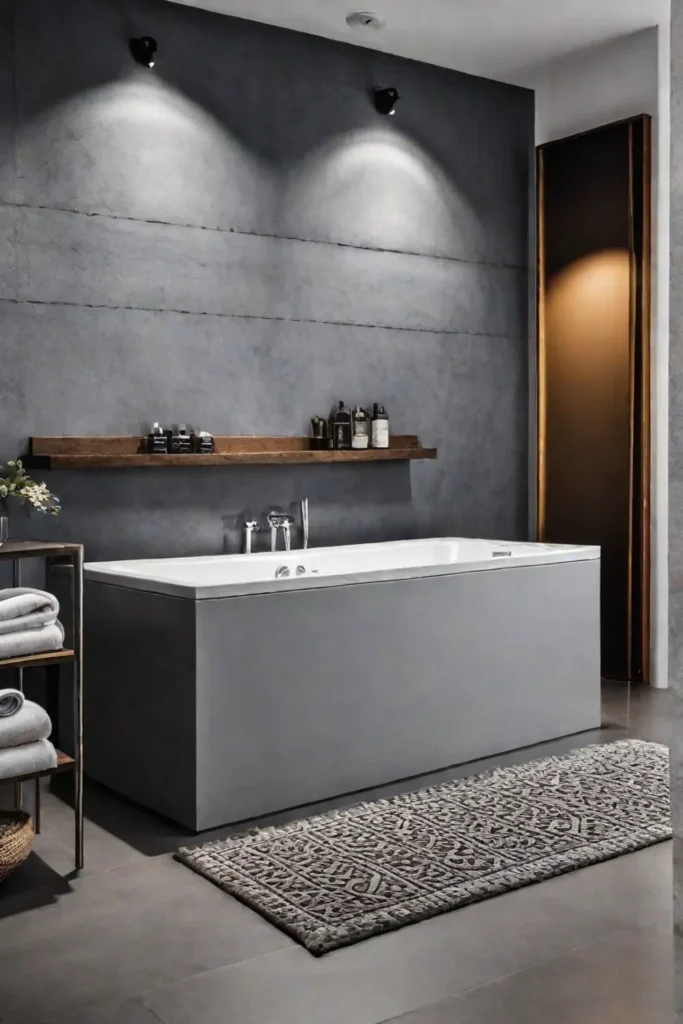
Beyond the tub’s physical size, its shape and placement can also influence the overall design. Freestanding bathtubs, for example, can serve as a stunning focal point when positioned in the center of a spacious bathroom. On the other hand, built-in or corner tubs can help maximize the available floor space while providing a luxurious bathing experience.
When incorporating the bathtub into your bathroom design, be mindful of how it interacts with the other fixtures and furnishings. A rectangular tub may pair beautifully with a sleek, modern vanity, while a rounded tub could complement a bohemian-inspired space’s soft, organic lines. By considering the visual balance and proportion of the room, you can create a cohesive and visually appealing bathroom that reflects your unique style and personality.
Trends and Future Developments
As a Californian with a keen eye for design, I’m always looking for the latest trends and innovative developments in bathroom design. And when it comes to bathtubs, the future looks brighter (and more high-tech) than ever before.
One of the most exciting trends in bathtub design is integrating smart technology. Imagine a bathtub that can be controlled remotely via your smartphone, allowing you to adjust the water temperature, activate soothing chromotherapy lighting, or even play your favorite music through built-in speakers. These cutting-edge features enhance the relaxation experience and add a touch of futuristic flair to your bathroom.
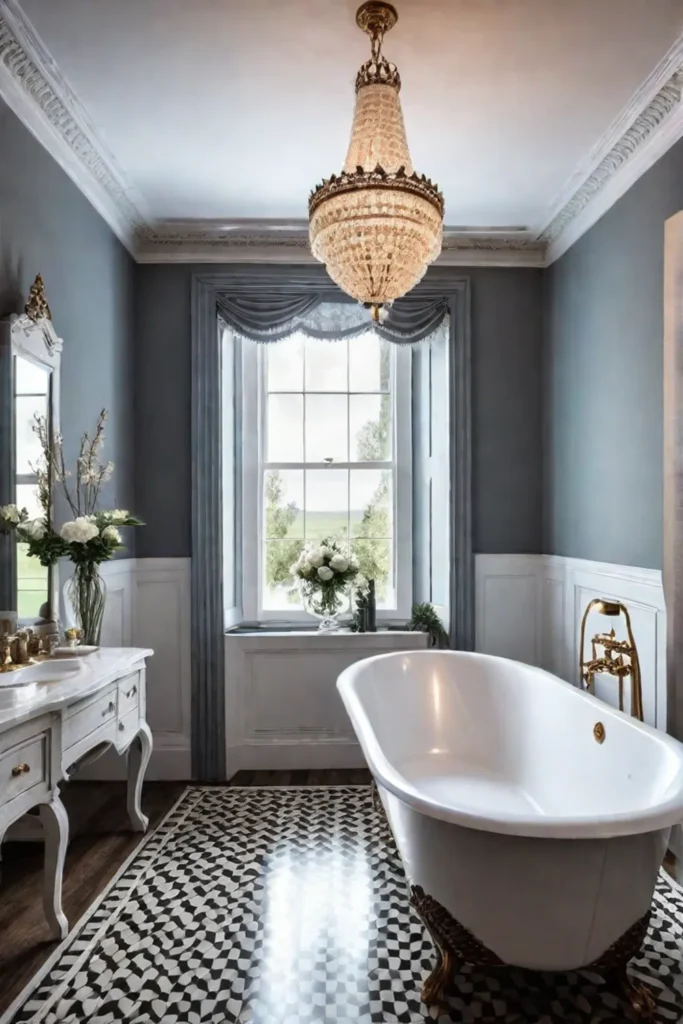
Sustainability is another key focus in bathtub design, with manufacturers increasingly turning to eco-friendly materials like recycled glass, natural stone, and bamboo. These materials reduce the environmental impact and offer a unique and visually striking aesthetic that aligns perfectly with the bohemian-inspired California lifestyle.
Consumer preferences are evolving regarding bathtub size and shape. While the traditional alcove tub remains a popular choice, we’re seeing a growing demand for smaller, more compact designs (perfect for tiny homes and micro-apartments) as well as larger, more luxurious tubs that offer a true spa-like experience. Freestanding tubs, in particular, are becoming increasingly sought-after, with unique shapes and sculptural silhouettes that can serve as the centerpiece of any bathroom.
So, whether you’re drawn to the high-tech features of a smart bathtub or the natural beauty of a bamboo-clad tub, the future of bathroom design is shaping up to be exciting and innovative. By staying informed about the latest trends and developments, you can ensure that your bathroom meets your practical needs and reflects your style and the iconic cool of the California lifestyle.
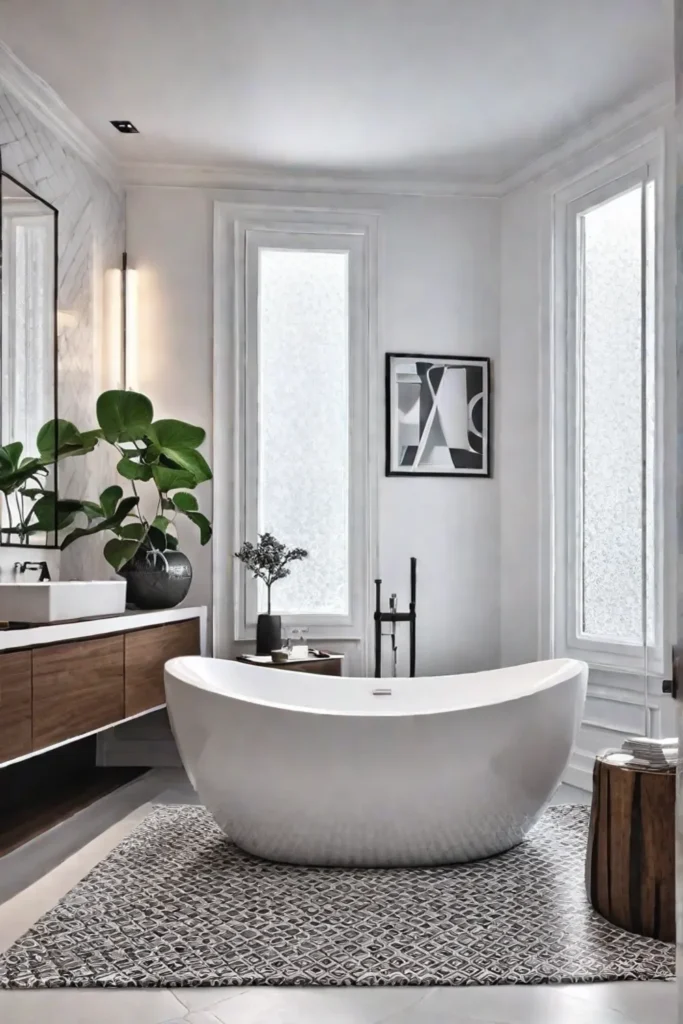
Conclusion
In the end, the size of your bathtub can make all the difference in creating a functional and visually appealing bathroom. By understanding the standard bathtub sizes, exploring strategies for maximizing space in small and large bathrooms, and prioritizing ergonomics and comfort, you can find the perfect tub to suit your unique needs and preferences.
For those with a penchant for unconventional, custom-designed bathtubs, it offers a world of possibilities, allowing you to tailor the dimensions and features to your exact specifications. As the world of bathroom design continues to evolve, we can look forward to even more innovative and sustainable bathtub options that cater to homeowners’ ever-changing needs and desires.
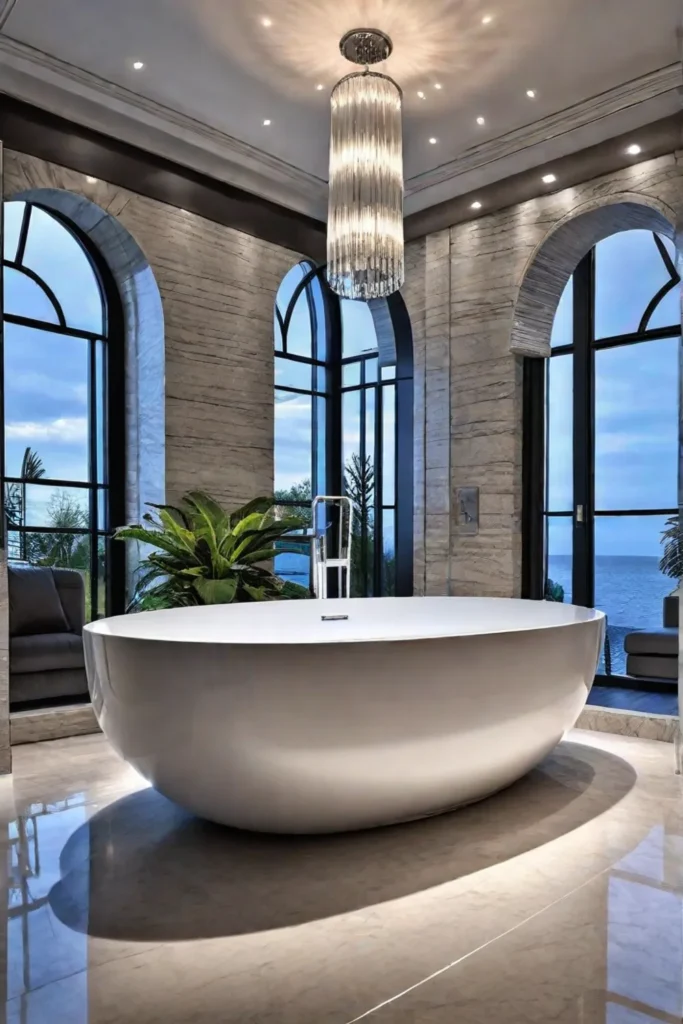
So, whether you’re renovating your bathroom from scratch or simply looking to upgrade your existing tub, I encourage you to embrace the power of the perfect bathtub size. After all, a well-chosen tub can transform your bathroom into a serene, relaxing oasis – the ultimate retreat for the laid-back, bohemian-inspired California lifestyle.
